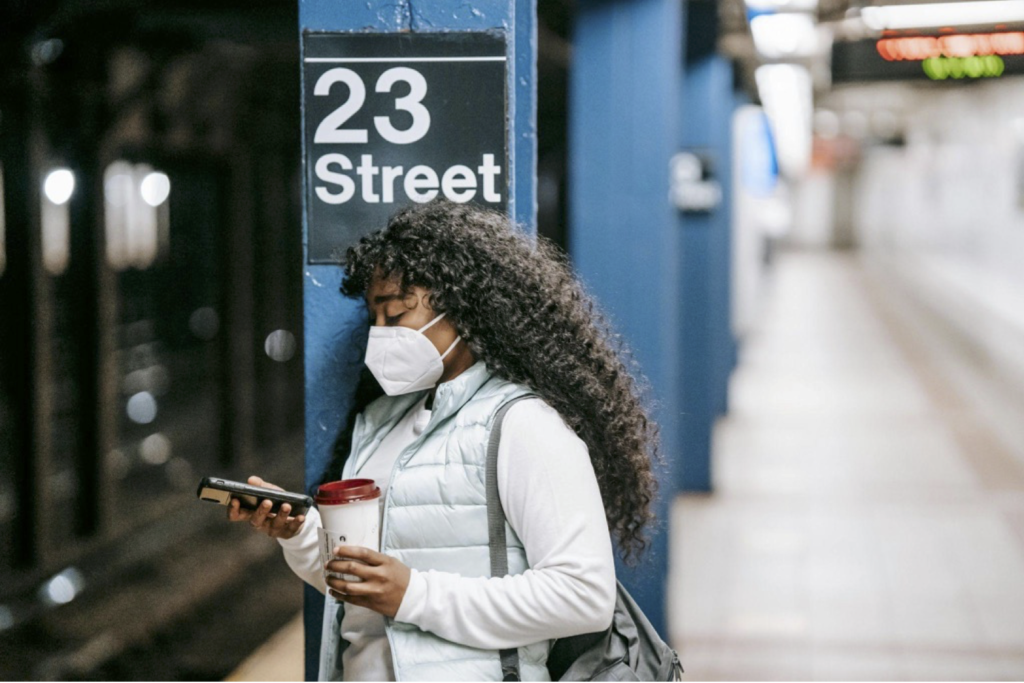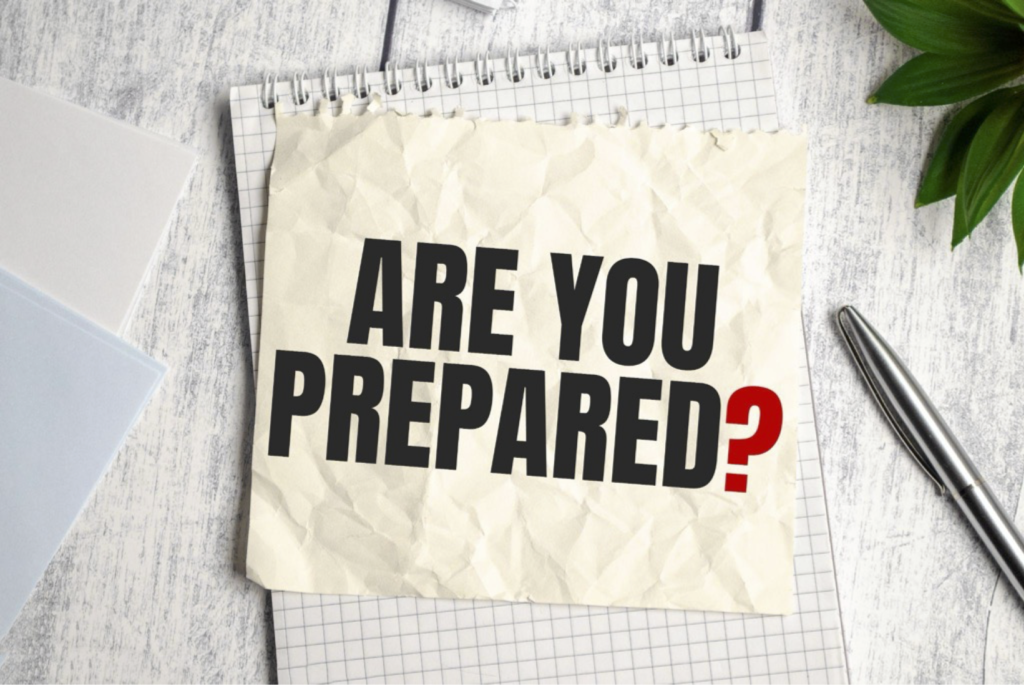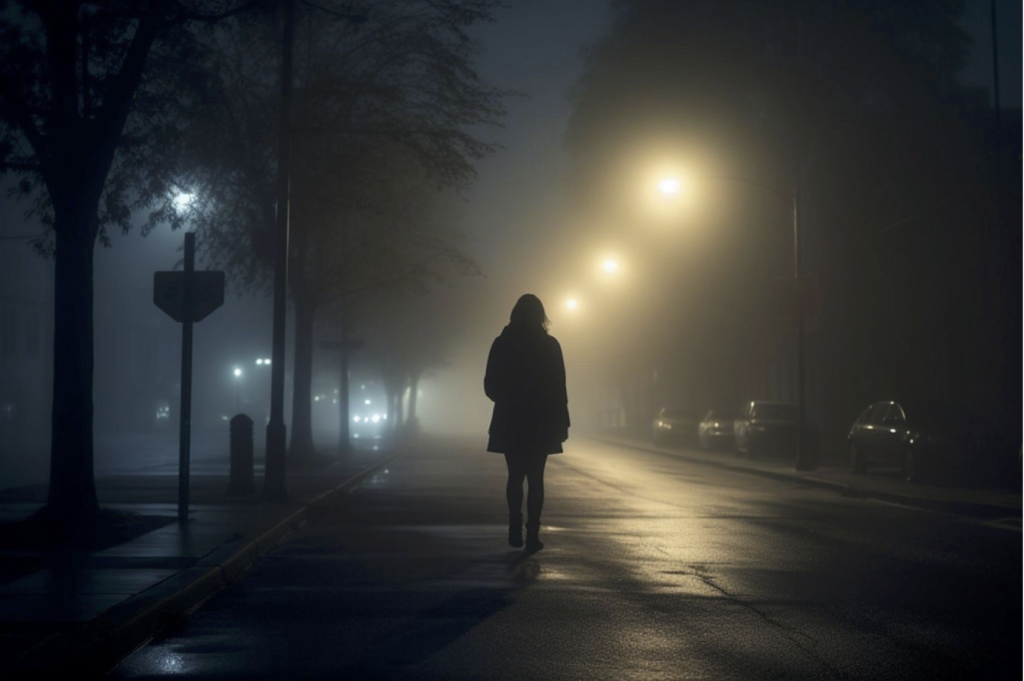Many people enjoy the peaceful atmosphere of nighttime walks under the stars. But in these challenging times, the dark of night can cloak potential threats and dangers. It’s wise to consider safety measures, such as choosing the best bulletproof vest that can be comfortably worn under everyday clothing.
Whether you’re returning home from work, enjoying an evening out, or simply strolling under moonlit skies, it’s important to take the necessary precautions and stay safe. In this article, we’ll look at practical tips and strategies that can help you stay safe after dark.
Understand Nighttime Risks
Nighttime brings challenges that are not as prevalent during the day. Recognizing these risks is the first step to ensuring that you’re safe while you’re out at night.
- Reduced Visibility. Accidents and confrontations are more likely to occur at night because it’s harder for you to see your surroundings clearly and for others to see you.
- Isolation. Bustling areas during the day can become deserted and isolated at night. Not having witnesses or people around to help can increase your vulnerability and make potential offenders bolder.
- Altered Behaviors. Nighttime can also see a shift in the type of individuals who are out, including those who might be under the influence of alcohol or other substances. This can lead to unpredictable and unsafe behaviors.
- Criminal Activity. Muggings, break-ins, and other crimes are more likely to happen after dark when perpetrators feel they can act with impunity.
 Enhance Personal Awareness
Enhance Personal Awareness
After the usual hustle and bustle of the day, it pays to be mindful of your environment and the changes that take place. Here are some practical strategies to increase vigilance.
- Stay alert. Keep an eye out for anything that seems out of place. Scan your surroundings, listen for unusual noises, and trust your instincts. If something feels off, it likely is.
- Recognize potential threats. Be wary of individuals who seem to be following you or exhibit suspicious behavior. Pay attention to vehicles that might be circling the area.
- Minimize distractions. Resist the urge to be on your phone when walking at night. It doesn’t just distract your attention; it also sends a signal to potential offenders that you are not aware of your surroundings. If you must use your phone, step aside to a safe location, complete your task, and then put your device away before moving on.If you’re listening to music, keep one earbud out or the volume low enough to stay attuned to your surroundings.
- Do frequent check-ins. If you’re moving through less populated areas or feeling uneasy, check in with a friend or family member. Share your location and expected arrival time.
- Plan your route. Familiarize yourself with your route before heading out. Choose well-lit and busy streets whenever possible.
- Don’t overburden yourself. Carrying too many items can slow you down and make you appear more vulnerable. Secure your belongings properly and keep your hands as free as possible.
Safe Transportation Options
Navigating the night often requires the use of transportation, and the mode you choose can significantly impact your safety. Whether you’re walking, using public transit, or opting for ride-sharing services, understanding the safety features and risks of each option is crucial. This section will guide you through comparing these modes and offer strategies to ensure your safety while using them at night.
 Public Transit
Public Transit
Public transportation can be a reliable option at night, especially in well-monitored areas where services are frequent. However, waiting at deserted or poorly-lit bus stops or train platforms can be risky, so it’s best to:
- Stay in well-lit areas while waiting.
- Sit close to the driver or in designated safe areas on the bus or train.
- Know your bus or train schedules to minimize waiting times and to avoid late-night transfers.
Ride-Sharing
Ride-sharing services are convenient and therefore appealing at night. Still, it’s important to use legitimate services and to:
- Verify the driver’s identity and the car’s details before getting in.
- Share your ride details with someone you trust.
- Sit in the back for personal space and safety, and stay alert until you reach your destination.
Secure Your Home
Even though staying home at night is usually safer than being outside, it’s still important to be cautious and take safety measures to deter intruders and keep you and your loved ones safe. Here’s some practical advice on strengthening your home’s defenses after dark.
Lock doors and windows. Invest in quality locks and consider additional measures like deadbolts or window bars for enhanced security, especially at night or when the house is unoccupied. Also secure pet doors — they can be potential entry points for intruders.
Utilize security systems. An effective security system acts as a deterrent and a means of alerting you to potential dangers. Choose a security solution that aligns with your needs and provides comprehensive coverage of your property.
 Be mindful of your home lighting. Use exterior lighting to eliminate dark corners and shadows where intruders could lurk. Motion-sensor lights are also effective in startling potential intruders and alerting you to movement outside. Use timers and smart home systems inside to keep your house well-lit to give the impression that someone is always home.
Be mindful of your home lighting. Use exterior lighting to eliminate dark corners and shadows where intruders could lurk. Motion-sensor lights are also effective in startling potential intruders and alerting you to movement outside. Use timers and smart home systems inside to keep your house well-lit to give the impression that someone is always home.
Do routine checks and maintenance. Regularly inspect your home’s exterior for any vulnerabilities — broken fences, overgrown shrubbery, or malfunctioning lights — that could be exploited by an intruder. Check your locks, doors, and windows to ensure they are secure and in good working order.
 Additional Tips:
Additional Tips:
- Know your neighbors. Build relationships with neighbors and create a network of mutual support and vigilance to enhance the security of your community.
- Be discreet on social media. Avoid broadcasting your absence from home on social media platforms, as this information can be used by potential intruders to time a break-in.
- Secure your valuables. Keep valuables and important documents in a safe location to reduce the temptation and potential reward for intruders.
Emergency Preparedness
Being prepared for emergencies is also a critical aspect of nighttime safety. With a well-thought-out personal safety plan, you can act swiftly and effectively in dangerous situations.
Here are some practical pointers for creating a personal safety plan:
- Identify emergency contacts. Save the details of important contacts that you can reach out to in case of emergencies, such as close family members, friends, or local authorities.
- Plan escape routes. Learn multiple exit strategies from your home, workplace, and other locations that you frequent, so you can safely evacuate the area when danger strikes.
- Establish safe havens. Identify safe places you can go to — a trusted friend’s house, a police station, or a busy public area — in an emergency.
- Review and practice your plan. Commit your escape routes to memory by practicing them regularly. Periodically revisit your safety plan to ensure it remains relevant and effective.
Additional Tips:
- Carry a personal alarm or self-defense tool. Choose a device like a whistle, alarm, or spray that suits your comfort for everyday carry and usage. Keep it readily accessible, such as on a keychain or in a specific bag pocket.
- Stay calm and think clearly. Practice deep breathing to reduce panic. Visualize your actions for various scenarios so you can make decisive responses and focus on actionable steps to address the situation.
Key Takeaways on Nighttime Safety
Safety is not just about avoiding danger; it’s about equipping yourself with the knowledge, tools, and strategies to stay safe and secure after dark. Adopting a proactive approach to your nighttime safety is key.
By following the tips and strategies discussed in this article and staying informed about best practices and emerging trends in personal safety, you can adapt and refine your approach to meet your unique needs and circumstances.

